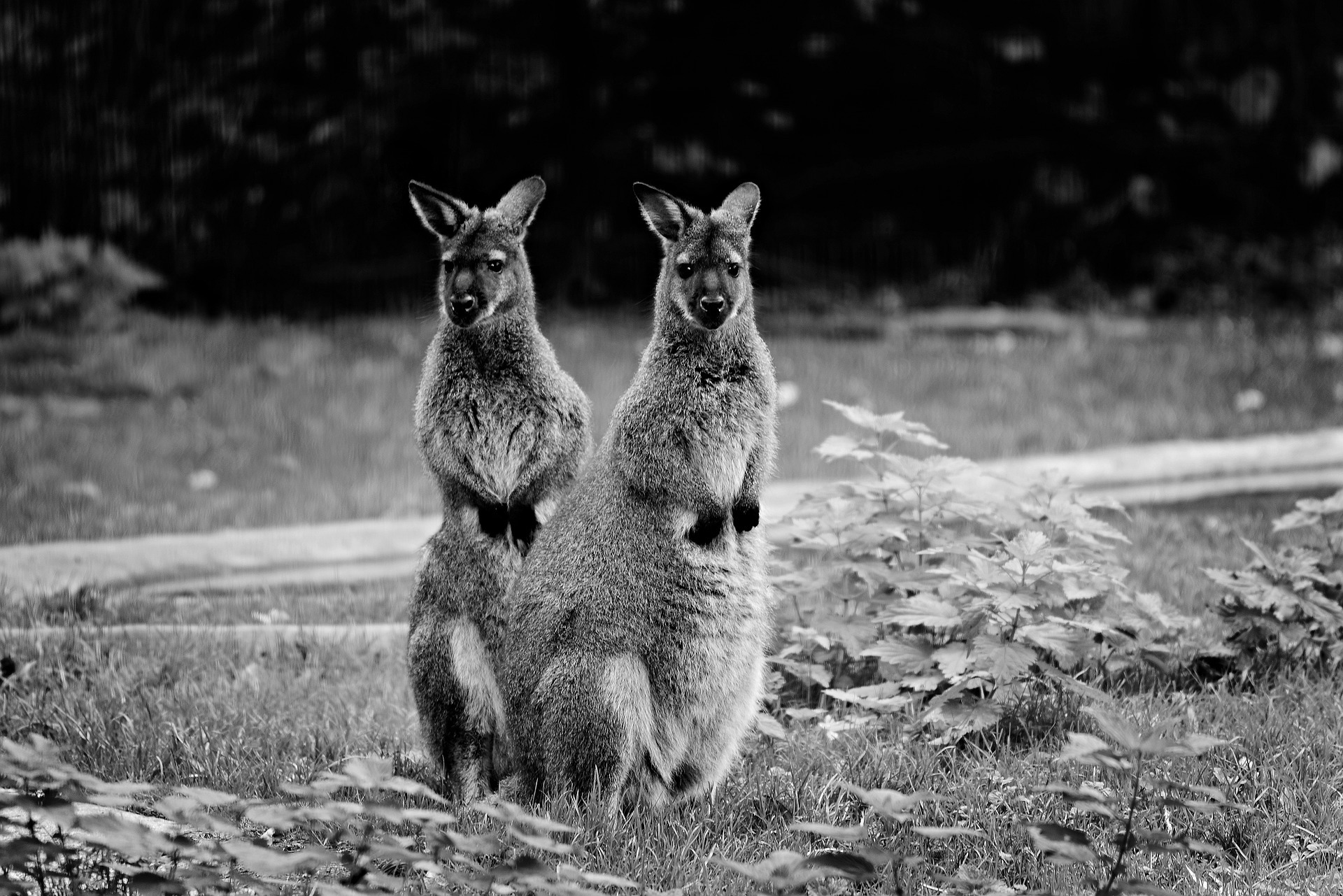News release
From:
Species Identification of Australian Marsupials using Collagen Fingerprinting
Royal Society Open Science
Faunal remains from archaeological sites are often highly fragmented, which makes it difficult to identify which species these bones originate from. In Australia, this is the combined result of harsh preservation conditions and frequent scavenging by marsupial carnivores. Zooarchaeology by Mass Spectrometry (ZooMS), has the potential to address these challenges and improve identification rates of fragmented bones. Here, we present new ZooMS markers for twenty-four species that can be used for species identifications. These new markers have the potential to significantly increase the amount of information we can get from zooarchaeological and paleontological remains in Australia.



 Australia; WA
Australia; WA



